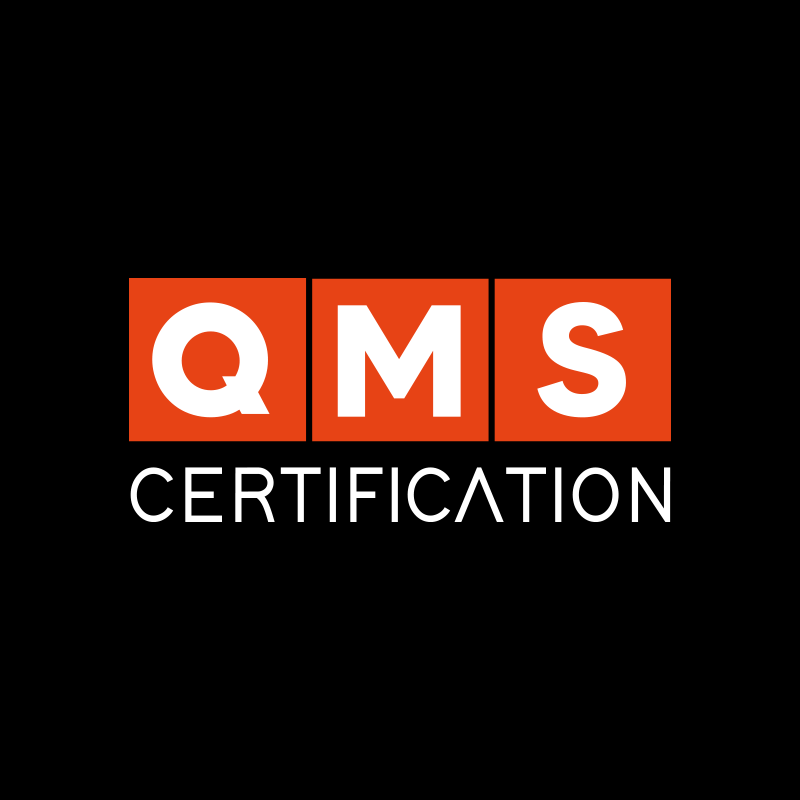Visual communication refers to any method of conveying a message through visual elements such as images, colors, symbols, graphics, signs, typography, and layout. Its purpose is to make information easier to understand without relying solely on text. With that in mind, let’s explore the importance of visual communication in management systems.
Facilitates Quick Understanding of Information
Charts, flowcharts, infographics, and visual boards make complex concepts more accessible—and that may be one of the biggest challenges for those managing management systems.
During the implementation of a management system, we often create numerous texts, policies, procedures, and analyses. In the end, we’re left with a stack of documents that few people in the organization will actually read.
However, reorganizing that content visually can significantly enhance message delivery. Imagine you’ve revised a protocol—there’s no guarantee everyone will remember exactly what it says. But wouldn’t it be much more helpful to print out that protocol as a sequence of images showing the steps to follow? That’s one clear example of the power of visual communication.
Improves Team Engagement
Visual information grabs more attention than long blocks of text. It’s instant: we walk down a hallway, see an image, and pause—even briefly—to understand what it means. That’s very different from our reaction to encountering a paragraph of text; we often lose interest immediately.
That’s why visual communication stands out as a great tool for boosting team motivation. How can it be applied? Try organizing your KPIs into graphs and making them visible to your team. This method is widely used in sales-driven companies, but it can be adapted to different types of goals. Choose key indicators for each department and put this strategy into practice.
Read: Ethical Culture in Organizations- What Is It and How to Implement It?
Strengthens Organizational Culture
At various points, a Management System highlights the importance of training and culture—and they are indeed critical. However, we often schedule only occasional activities. Visual communication can be a highly effective way to reinforce training content continuously.
Print and display the company’s core values, create signs with behavior guidelines for specific situations, and include the company mission in every presentation—so it’s always referenced, no matter the topic of the meeting.










